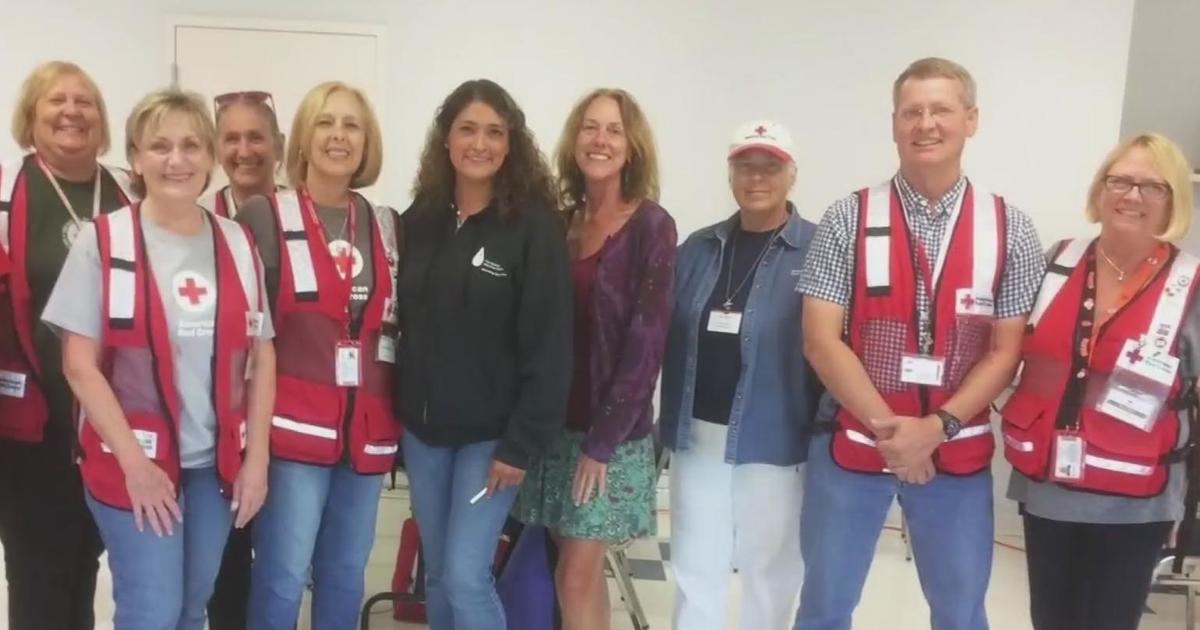Approaching Atmospheric River Promises Relief But Won't End Drought
MARIN COUNTY (CBS SF) -- While the approaching rain is good news, Californians should all hope it's just a preview of the next couple of months.
Northern California is finally about to get another stretch of beneficial rainfall. It has been a long, discouraging break since the last one, and the clock is really about to start running on this rain year.
National Weather Service forecasters predict precipitation totals for Sunday through Wednesday of 1"-3" in many urban areas across the region with 3"-6" -- possibly as much as 8" -- in the coastal ranges.
"Rain could impact parts of the Bay Area Saturday night and continues through early Wednesday," NWS forecasters said. "In fact, there are signs now that the Atmospheric River could stall Monday along the Central Coast."
"A meteorologist can speak to it probably with a little more eloquence," said Barry Dugan with the Sonoma County Water Agency. "They refer to it as the storm door opening."
On a Farallones-clear day ahead of the next atmospheric river, Marin County is still cleaning up after the last one. This week, crews started repairing Bolinas-Fairfax Road, which has been closed by a slide since the late October storm.
While the next system is not expected to be as strong as the massive October storm, it is badly needed. Marin just added new water restrictions and Sonoma's reservoirs are still near historic lows.
"So we are just hoping that we can get this weather pattern changed enough so we get a regular series of storms," Dugan says.
And that's what it's going to take - no matter where you live.
"What we really monitor is the precipitation in the northern Sierra, by Shasta lake particularly," says Oliver Symonds with Contra Costa Water District.
The district is part of the Central Valley Project, looking at reservoirs far below historical averages.
"What's important to remember is that in typical average rain years, we have about four or six of the storm systems that help us fill our reservoirs and our water systems," Symonds says.
"It's January and February when we get most of our rains," Dugan says. "So we will be watching things really closely then. Any rain we get now in December going into January is helpful."



